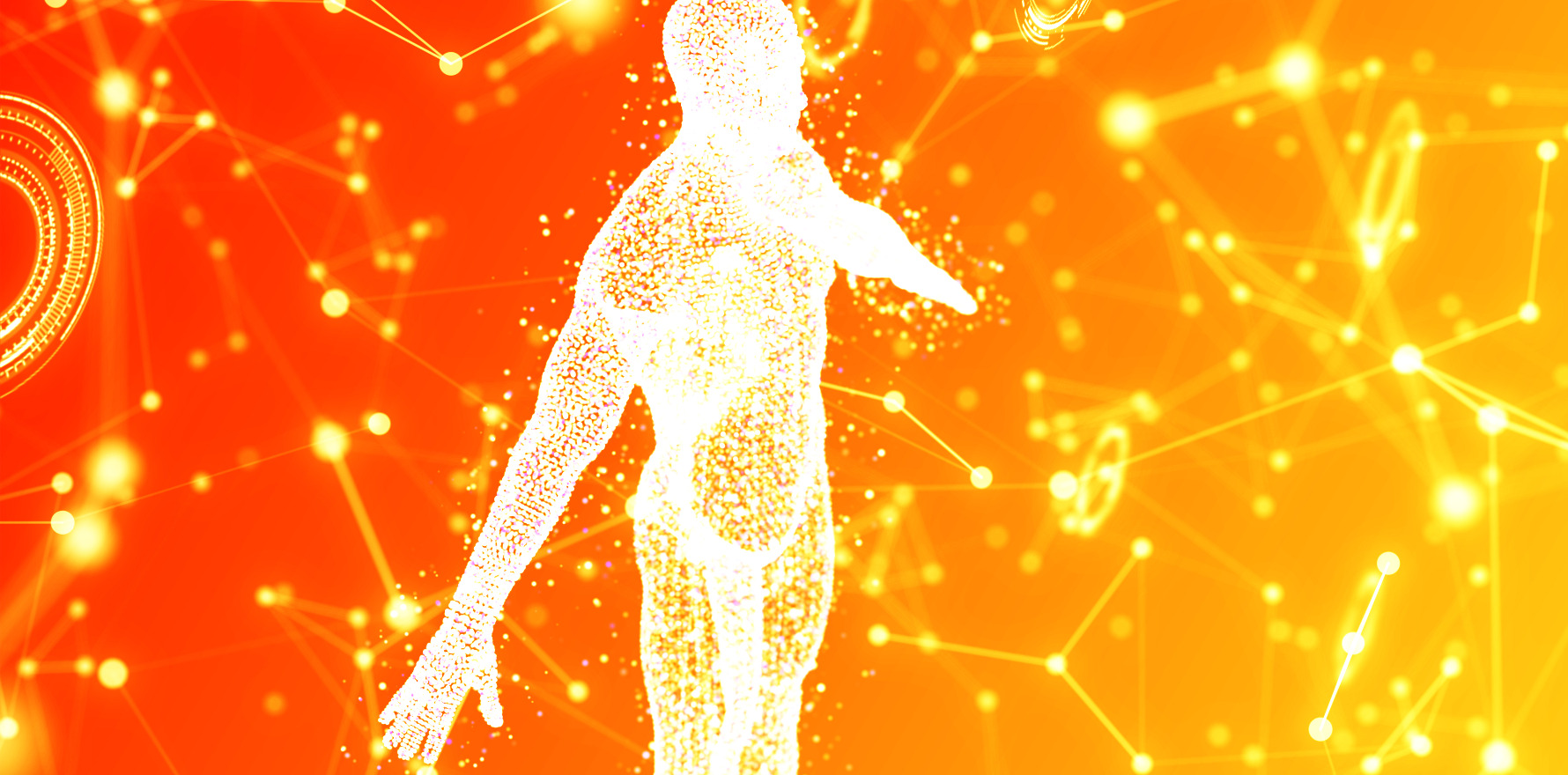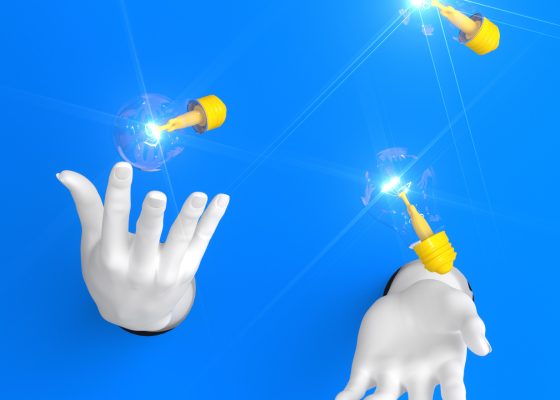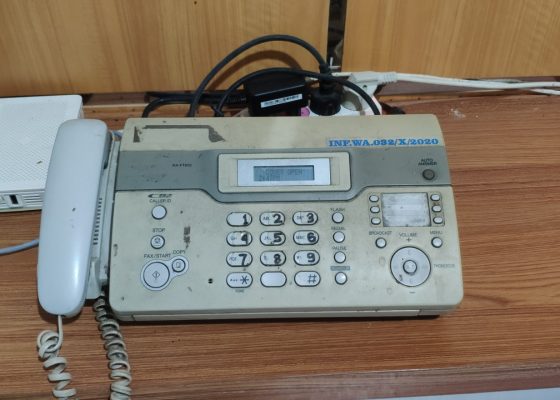The country’s largest not-for-profit provider says digital and virtual platforms will get it done by 2030.
St Vincent’s, Australia’s largest not-for-profit health and aged care services provider, says half its care will be provided in people’s homes, over digital or virtual platforms, by 2030.
Over the next 12 to 18 months, St Vincent’s will develop a “central ‘command centre’ model” where a dedicated virtual care team will remotely monitor patients around the clock by tracking patient data through wearable devices and “other monitoring”.
“St Vincent’s is building Australia’s largest virtual and home care system,” said CEO Chris Blake.
“Our ambition is that within five years, St Vincent’s clinicians and support workers will be delivering half of our total care in people’s homes – including nursing homes – either face-to-face or virtually.
“That includes hospital-level care: from pre-admission through to recovery.”
St Vincent’s runs two major public health networks in Sydney and Melbourne, and 10 private hospitals and 25 aged care facilities in Queensland, NSW and Victoria, across which it says it “currently experiences around two million connections” with patients and residents.
“By making this transition, we believe St Vincent’s will be able to add an additional one million virtual patient interactions by 2030,” said Mr Blake.
“Bringing care directly to people in their homes will enhance recovery, improve outcomes, and take pressure off the health system, giving our hospitals capacity to do more.”
St Vincent’s already provides 200 virtual hospital beds and says its “hospital in the home” services in Queensland and NSW are growing quickly.
St Vincent’s Bringing Care Home strategy will turn its bricks and mortar assets into hubs for specialist care, research and training, while supporting interconnected care for people in their homes, aged care facilities, and over their devices.
“With rising costs, an ageing population, growing chronic illness, and overwhelmed services, many Australians are struggling to get the help they need, when they need it. At the same time, front line workers are exhausted,” said Mr Blake.
Related
“Meanwhile, medical science and technology are changing the way we work. We know that innovations such as wearable technology and Artificial Intelligence are bringing a host of new possibilities. People’s expectations are also shifting. People want their care personalised, and either online or in their homes – when and where they need it – as much as possible.
“We have a tremendous opportunity here. We can utilise technology to meet people’s preferences. And in doing so, we can alleviate the pressures that are undermining our hospital and health system.”
St Vincent’s also recently won a $217 million federal government contract to provide national online mental health services.
“Medicare Mental Health Check In is a great example of this transition in action. It’s using technology to provide significant health benefits for tens of thousands of Australians, particularly those in rural and regional areas who might struggle to access mental health care face-to-face,” said Mr Blake.
“And it’s not about ‘doing the same with less’. We believe that in a health and aged care system that has transitioned to intentionally focus on providing in-home care, we can drive funding further, reach more people, and cater to unmet need. We can see more people, more efficiently, and in a way that people prefer.”
Mr Blake said the change in the way services would be delivered was inevitable.
“We’re at a turning point,” said Mr Blake.
“Everyone involved in health and aged care – including the politicians and policymakers who are responsible for the system – know that this is where things are heading.”




